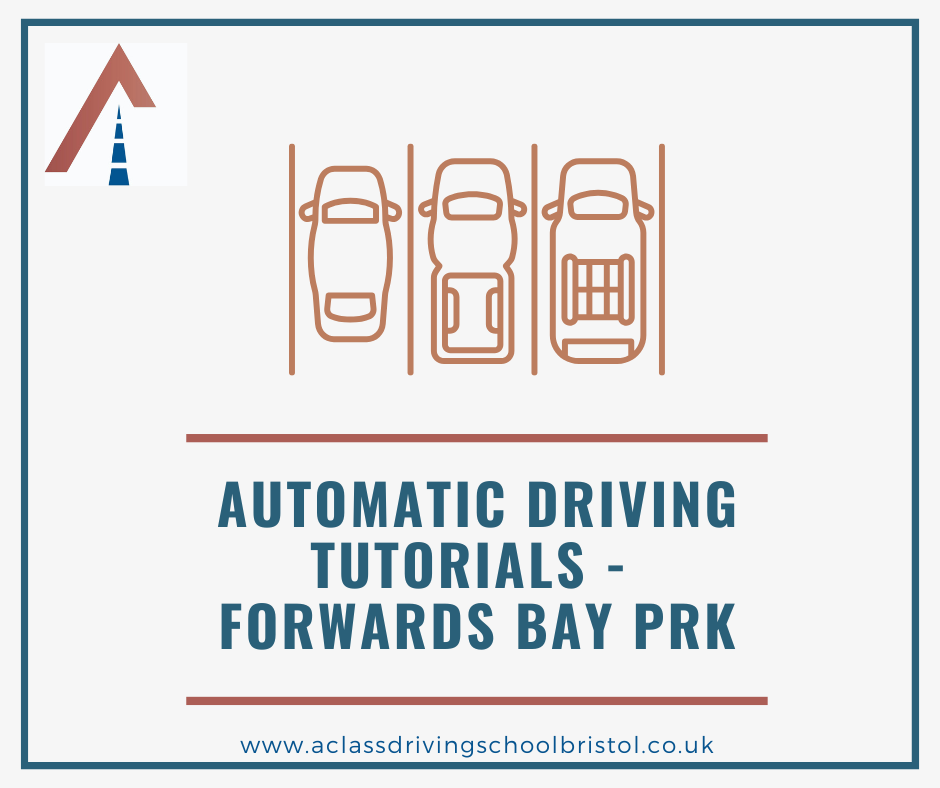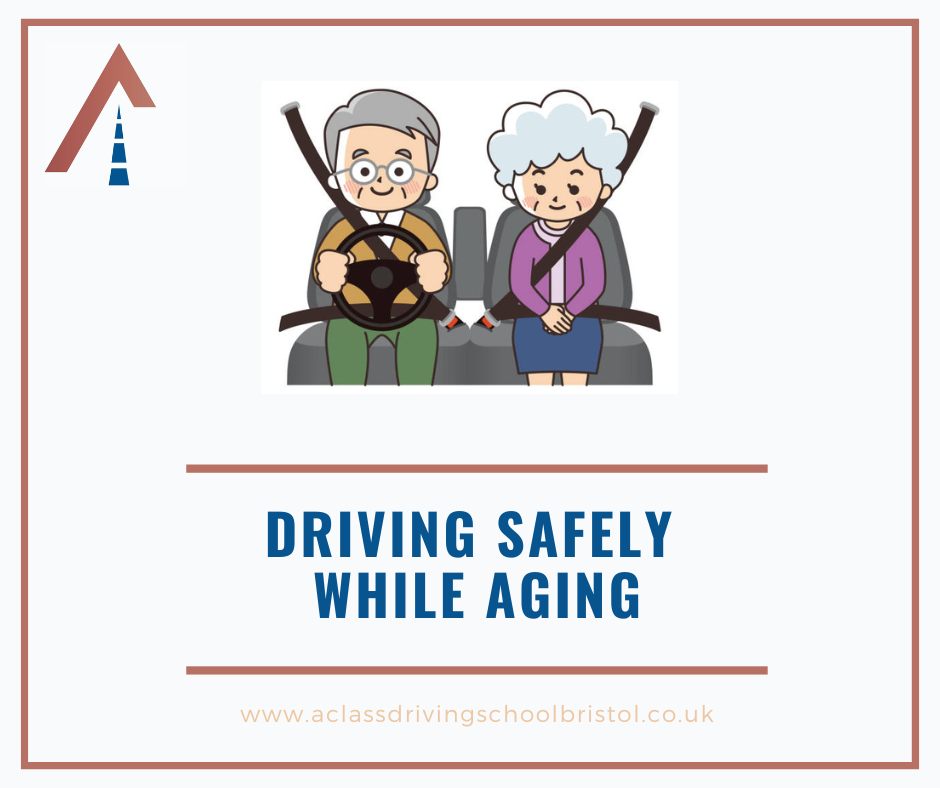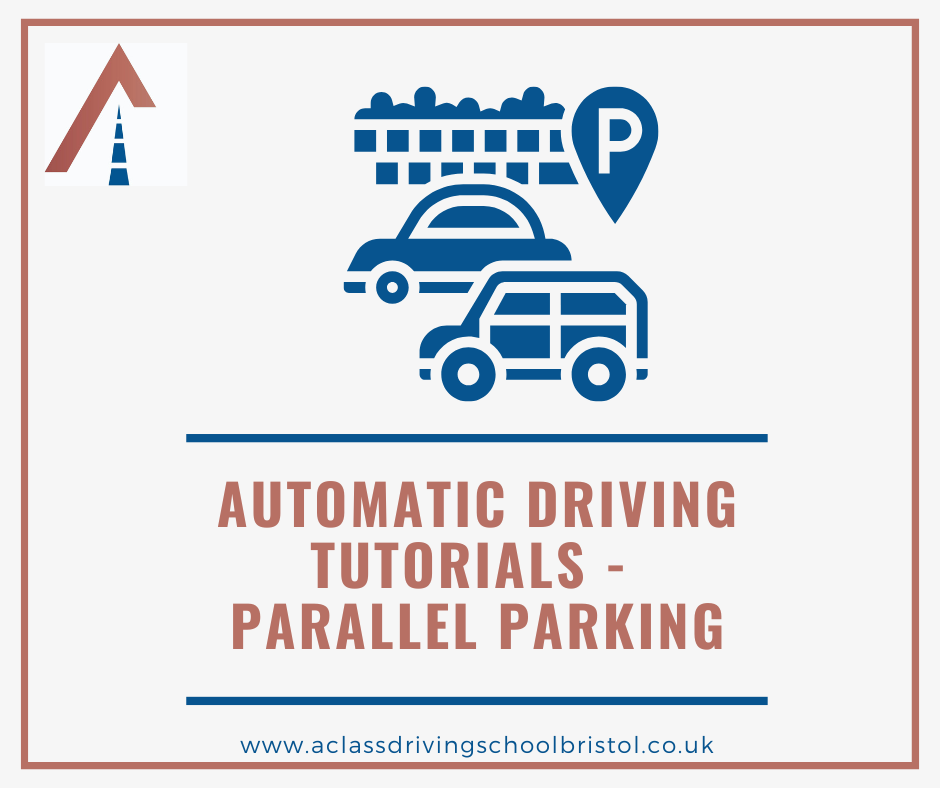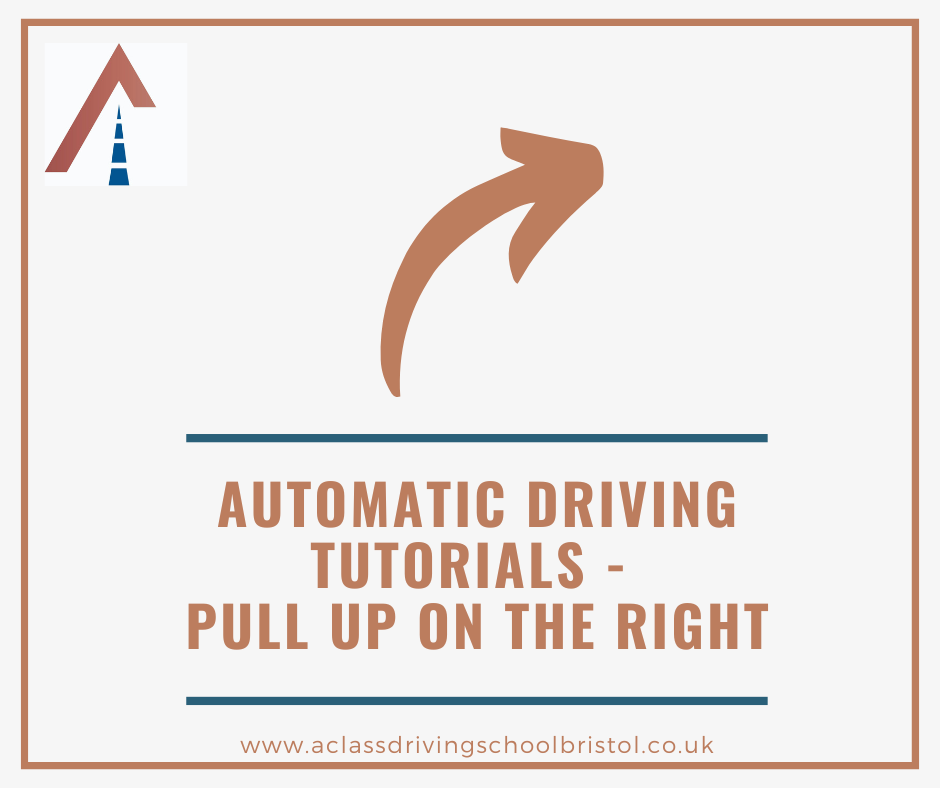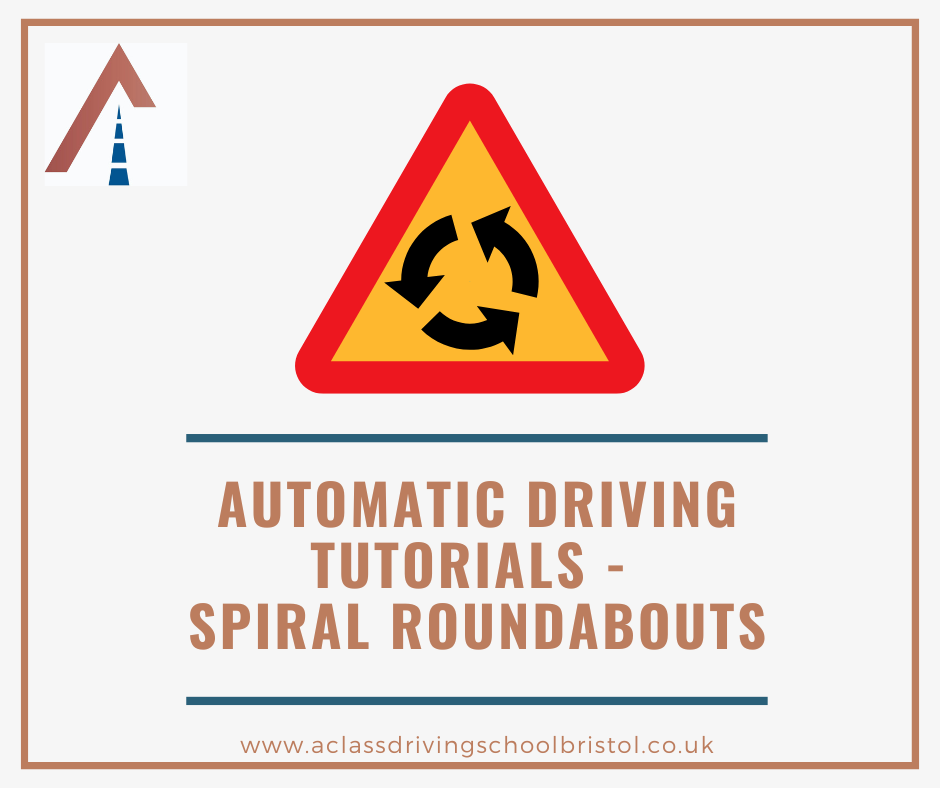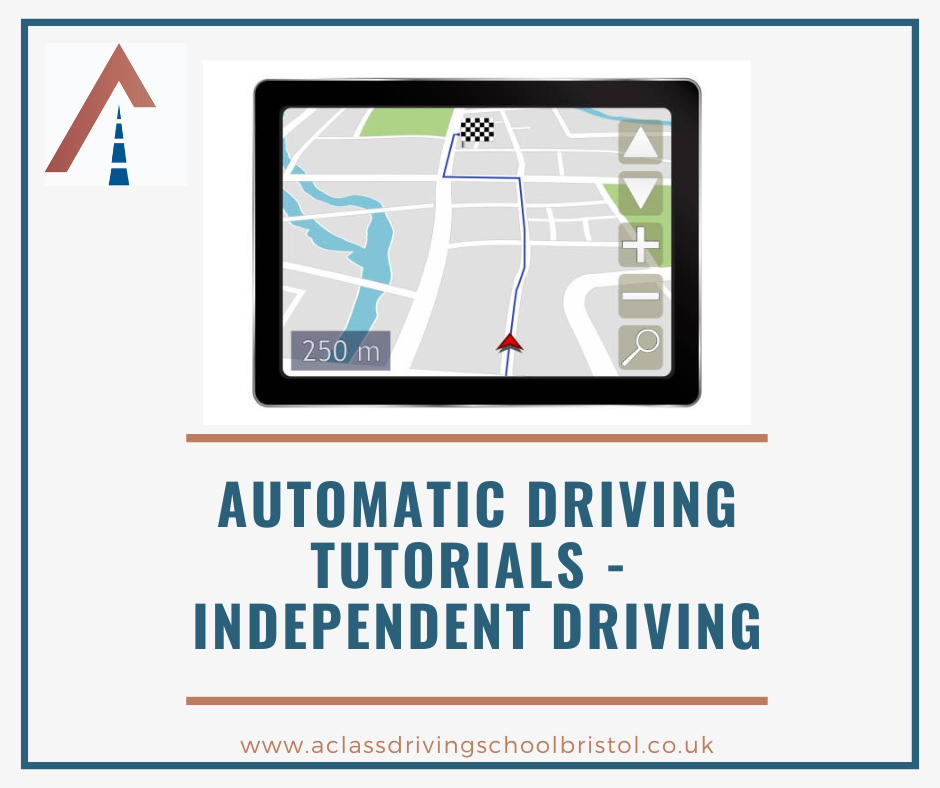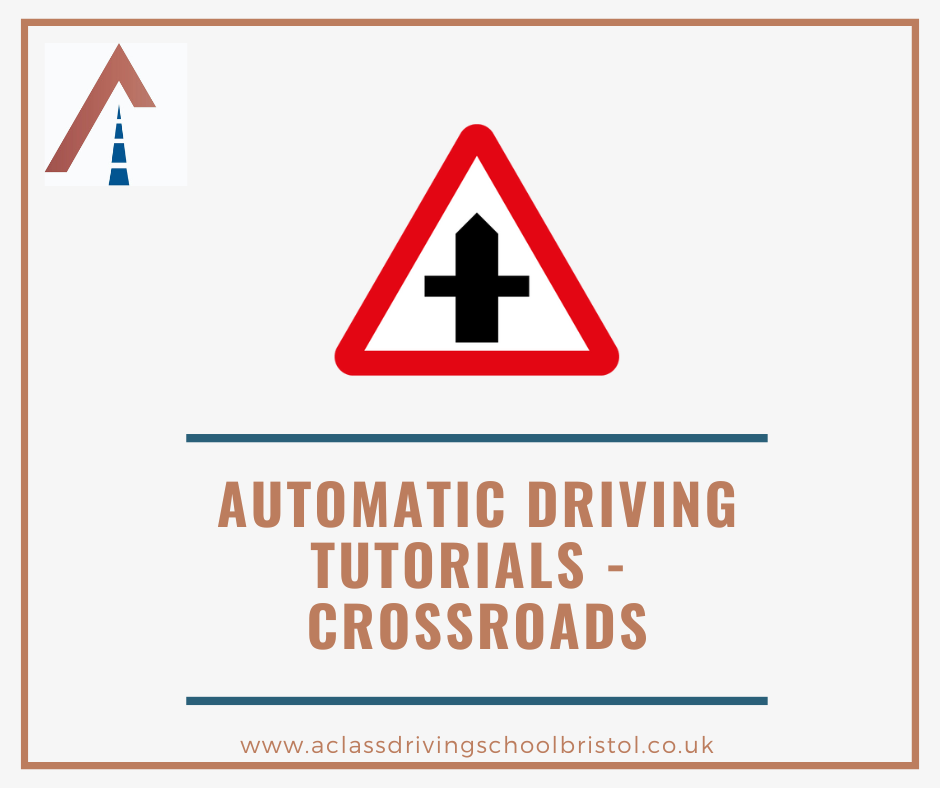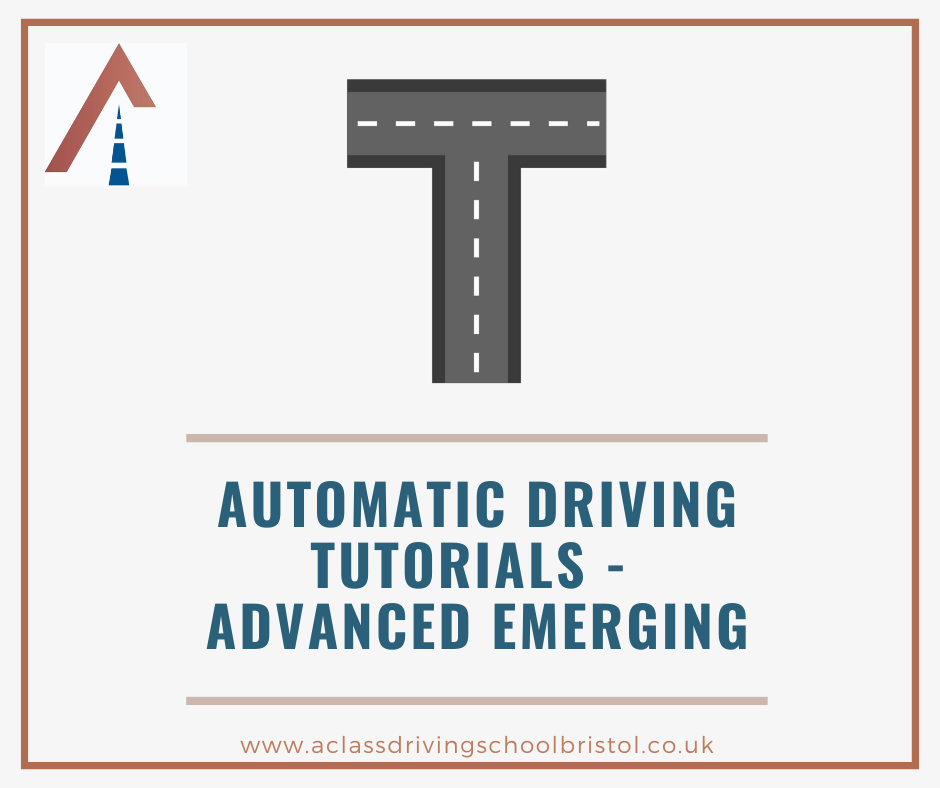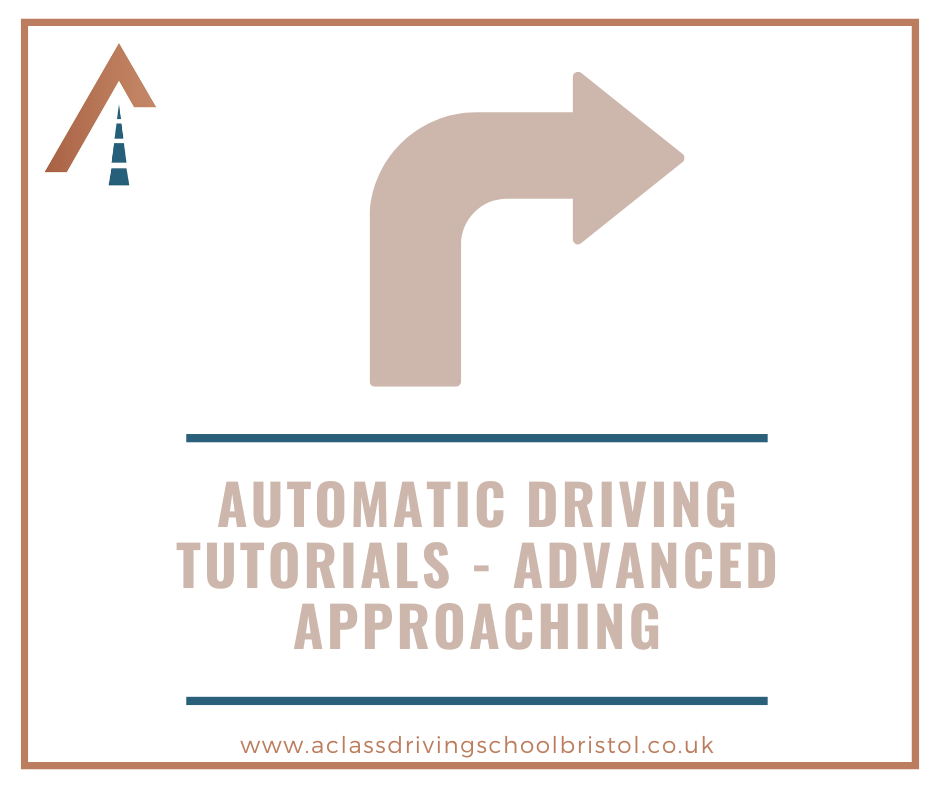Advanced moving off and stopping - Automatic tutorial
Online driving tutorial - Advanced moving away and stopping
You will be asked to pull over at the side of the road at least five times during your exam, possibly more. This is why I teach an advanced moving away and stopping lesson to my students.
There are three pulling in and moving away exercises. Once on a hill (the hill start), once on what would be considered to be a busy road and once from behind a parked car. The other times you'll be stopped for are the manoeuvre, maybe the emergency stop (if you get it) and then the independent driving section. Plus, if you're just whizzing through the exam and it looks like you'll get back early, the examiner will slow it down with more pulling in.
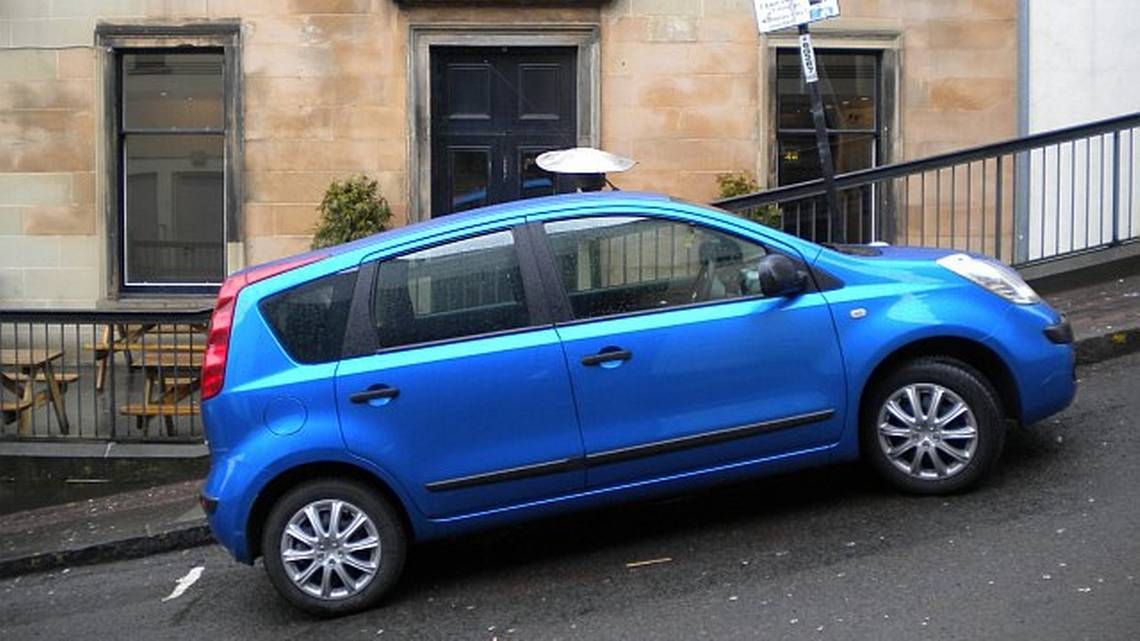
Stopping
When stopping you'll have to use the MSM routine, however, you'll need to find somewhere to stop that is considered to be
safe, legal and convenient. What you need to avoid is stopping near a sharp bend or brow of a hill, not on any markings like yellow lines/zig-zags etc (a dashed cycle path is ok), opposite a parked car or in front of a driveway.
When pulling in, never rush. They are testing your ability to find somewhere suitable. When rushed you may land up not being parallel with the kerb or in a poor parked position.
Moving away
Before going anywhere or doing anything, check to see what the speed limit is. You need to know what the target speed is before moving off. Remember, we don't want to slow anyone down. You need to show that you can juydge the size of the gap and get into it, up to speed all without slowing other down.
When you're ready, we POM. Prepare first. Observe using your mirrors and checking your blind spot, then before moving you have to make a decision about using a signal. If you see no people at all, you don't need a signal. If there are human beings in sight, you will have to use one. There is a catch though.
If someone is coming up from behind you, you have to delay your signal until after they have passed you. If you signal too soon, the approaching car may think you're about to pull out suddenly and may slow down for you or stop. Which you want to avoid. So wait until the last car has passed, then the signal goes on and you move away quickly and efficiently. Cancel the signal before going too far down the road as the signal could be considered to be misleading about turning into a new road.
The hill start
This is more of a test for manual drivers. They could roll backwards or stall. Auto drivers don't have to worry about such things. What makes this different is the effect on gravity sapping the speed of the car, so when you do go, take this into consideration and accelerate harder. Plus, the rear view mirror might not give yo the best view. often it just points down at the ground behind you.
The busy road
Here they are checking your ability to move away without slowing down other vehicles. It's a judgement exercise. Plenty of gas needed here and be positive. When you want to go, go!
Behind a parked car
Again, another test for manual drivers really. They have to demonstrate clutch control. That's not to say that this is easy. You'll need to make sure you can control the cars speed not getting too close to the car in front, and not ballooning on to the other side of their street too much. You'll inevitably be slightly on the wrong side, that is why it's also important to think about oncoming traffic as well as the cars behind you.

